--29c and 290 Double Decker Bus (1938-63)
I just purchased an earlier 29c Double Decker Bus, after previously obtaining a 290 version, with the Dunlop adverts and a later 291 version with the Exide adverts. This new one is obviously older, and having done a little research, there are certainly numerous variations. As most of you are aware, Dinky made 3 basics versions after the war: the first was the old pre- war design, with the original AEC cab, and the rear stairs. Then in 1947-48 Mecanno followed with not one, but two new versions. One was an updated AEC cab and radiator, and the other was a Leyland. From what I have read, Meccano then proceeded to produce both of these versions for many years, and also apparently alternating periods of production for each. How strange that seems, at least to me, and one wonders why they felt that was necessary. The visual differences between the two are certainly there, but fairly minor and not real obvious at first glance.
This model I just purchased is the Leyland without the later adverts. I have posted a few photos of it below, and you can see that it also comes with the later domed axles, has a hole in the baseplate, and has no number cast in. I have been trying to date this model, but seem to find no clear rules for that, other than some generalizations about the different versions. The earlier crimped axles were changed to the domed ones sometime in 1950, and the Dunlop adverts appeared in 1954. That would seem to leave open dates from late 1950 through 1953. I did not see any specific references to the cast-in number of 29c for the Leyland. For the AEC version, I believe it was listed as 1952. Did the Leyland versions follow this as well, or were they never numbered 29c, and just numbered 290 in 1954-55?
If any of you have anything to add, would sure appreciate it. I have looked at the older threads on Talk Model Toys, and also looked at Jacques CD, and elsewhere..............
Terry
And finally, here are my 3 double deck buses together
Hi Terry, the exact history of this 29c, 290, 291 model is rather complicated. But irrespective of the Leyland, Guy, AEC and whatever the various radiators may be called, your model is rather easy for establishing the dates. The axle ends on this model (like all remaining Dinky Toys with crimped axles) turned into domed ones in 1952. So you can narrow the period to 1952-1954!
By the way, you cannot rest now, there is something more to collect in this field as the photo below (the models of Brian Hooper in the 2009 Durham jubilee exhibition) predicts.
Kind regards, Jan
Jan---Thanks......that is kind of the conclusion I had also reached. I wasn't totally sure when they made the switch from flattened axle ends, but I am sure your answer of 1952 must be correct.
However I am still somewhat surprised that a full chronology of this rather interesting model has not been done by the community, outlining the many changes and variations. I am not aware of another Dinky model that had at least two versions produced simultaneously over a period of many years.......just another fascinating aspect of Dinky collecting!
Terry
Terry, there are some articles here and there but no overall and convincing overview. Axle ends, hubs, advertising, colour schemes, several dies, roof box or not, etc. In my opinion Roger Bailey, Brian Hooper and Nelson Twells have the most extensive collections and best expertise in this field. Unfortunately I haven't seen them on this forum yet.
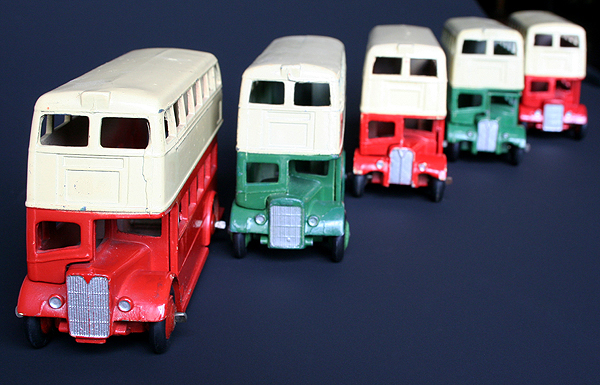
In fact the factory drawings would be of great help. See The GBofDT page 180, on top in the right column there are remarks like: '10.4.39 radiator altered (to Leyland)', '3.1.49 radiator changed'. But in what? We should see! In fact the whole casting changed, not only for the radiator, as the diecast base included the wheel arches or not. Were there several cavities for one production run? Why did the roof box disappear at some moment? Was it polished away when finishing the seam on the roof?
Fortunately we haven't solved all these mysteries yet!! Kind regards, Jan
Jan---Thanks again for the additional thoughts on the buses. It is very interesting to read some of what qis out there on these buses, and there sure are lots of little items to address that were changed along the way. Do you even have a guess as to why Meccano saw fit to make two different versions at the same time? Guess I am still surprised that know one has really dissected what went on with this neat model, and you are right, if we somehow had all of those pertinent drawings, it would likely explain at least the timeline of what happened. Another great Dinky mystery!!!!
Terry
Dear friends.
I think that the roof-box relief (or sizes) depends of the dies wear !
Does any member can open a new thread on this double deck buses ? It will be easiest to find informations about it !
I have myself some buses, as you can see on the photo
Richard---Nice collection of buses, including many 29C's! Very impressive...........
Terry
You have a well-provided public transport over there, Richard!
Now only for the dating of the 29c/290's ...
Kind regards, Jan
Hi all,
Of all the Dinky Toys I have collected over the years the 29/0 Series double deckers have always been the one set I could never say I really understood. I've got about 20 or so post wars, and only recently thanks to posts here answered questions like was the Type 2 issued with sloping Dunlop lettering, "no" being the answer!
Personally I would love someone who really knows these to put together a beginners guide to variations / dates etc, as I am convinced there are lots I don't know about, and others on my wants list that were never made.
Chris Warr.
There are two Dinky folk who really know about the buses and the colour variations, they are Roger Bailey and Nelson Twells.
The two are jointly working on producing a book about Dinky buses and hopefully it will be completed soon.
I will check with them and report back here when I have an update.
Dave
Dave--That should be really interesting if they put some kind of book together.....I look forward to hearing about it, and would be interested in getting a copy if possible.
Terry
I always thought the ambassadors favourite chocolate was good for something - nice display boxes.
Just a quick followup to my earlier post on the Double Deck buses. This last week I received a pretty good model of the post war AEC, type 1 version, with the curved front wings and the old style AEC radiator grill. From what I have read, this model was the same as the pre-war, but without the simulated stairs in the rear passenger area. It was only made a couple of years and always had black wheels and crimped axles.
Terry
This type 1 bus alongside the type 2 Leyland version....notice the front wings and the grill
Here is the same green one, but now with grey upper half:
Jan---A very nice example......I would love to find one as nice! I have been looking on-line, but most are badly chipped and heavily played with, but I will keep looking!
Terry
Hi gents! Is there anybody who can tell me about the real double deckers which have been miniaturized by Dinky? I mean: what kind of Guy, AEC and so on? I need mainly news about engines capacity and years of production.
I'm sorry, but it seems very difficult to find thiese data here, in Italy...
Thanks for your help, Gianni
Ciao Gianni!
Did you ever receive a reply to your question about the buses on which the Dinky 29c was modelled? All I can tell you is that the pre-war version was based on an AEC Regent I chassis and that the later versions were probably modelled on the AEC Regent III and Leyland Titan chassis. Google any of those and you will find details. The London Bus museum site has technical details but there will also be Wikipedia entries for them.
I hope this is helpful.
John (Gianni) Powell
PS Also look here - www.old-bus-photos.co.uk
Here are mine :
always the same problem ! I don't know how to put 2 different photos in the same message !!
Dear Richard, insert the first picture, then submit, then push the edit button, insert the next, submit again, etc etc. Kind regards, Jan
Thank's a lot Jan ! Thank you to help a poor web boy !
Three radiator versions compared in more detail (it's not the difference in radiator only):
Radiators
Base plates
Rear wheel arches (fundamental casting/construction difference)
The well-known differences in rood box or not
Larger upper front windows compared with earlier versions on 291 Exide
The same goes for the upper rear window
Catalogue number 290 was dropped as soon as 291 was introduced, see cast base plates underneath
Some of the advertisements or blank
The well known roof box difference for the Leyland variant.
Regards, Jan
Jan---Thanks for such a wonderful post, very clearly showing just how many differences there are......the front grills are the most obvious area to look, but as you showed, there are many others. It all adds to the legend of this long term model and helps create a lot of collector interest as well! And not only are those upper windows larger on later versions, but also the lower front window is somewhat larger on the older ones. Am anxious to hear more about the upcoming book on buses that Dave mentioned......hopefully it will be in-depth, and cover this topic thoroughly!
Terry
What I would love to see for this model is a table like the ones our Matchbox collecting friends in the USA use, where every combination is given a code, (29-1-1 etc?)and all the variations for that code listed. There aren't that many Dinkys where this type of detail is needed, but the 29/0 is surely one!
Chris Warr.
Yes Chris, a good table is still wanting. One may doubt however if we will get the complicated variants picture and their chronology fully complete. Well, the connoisseurs mentioned would be the ultimate experts for this job!
In fact, I sold the model below to one of them, Nelson Twells, who loved the factory flaw of the odd bent recessed front window combination:
Kind regards, Jan
A new addition: a green/cream no. 29c, no advertising, no number cast in chassis, roof box, rounded axle ends, smooth tyres, ca. 1952-1954 (from trade box).
Compared with:
An older addition: a green/cream no. 290, advertising Dunlop, number 290 cast in chassis, no roof box, rounded axle ends, treaded tyres, ca. 1958-1961 (with individual box).
Kind regards, Jan
Hello all.
Some time ago I won an auction lot that included a pre-war 29c. The chassis was fatigued and the cab end of was missing although the body, albeit a bit chipped, was in good condition.
Having Googled for a replacement I found that the Dinky Club offers a kit but before I commit to a reproduction I wanted to ask here whether anyone has a spare pre-war chassis that they'd consider selling. I hope that I'm not transgressing forum rules by doing so.
Thank you
John
Except for the hubs (smooth/ridged) I happened to find another slight body casting difference comparing the earliest post-war Double Decker of 1945/46 and the later one with ridged hubs from 1946 on. Initially the spacer keeping the front wheels in place is a small knob, and situated above the axle only, whereas my 1946 examples show the spacers considerably enlarged and extended further, down below the front axle, with a flat underside. I have no pre-war 29c's, so I wonder if someone can show the pre-war situation of this area here. Kind regards, Jan
Hi Jan! 2020 greetings!
At the time you posted the question regarding the little knobs above the front axle on your early post-war bus I didn't own a pre-war example that HAD a front axle! Since then I have obtained an example and can now respond to your question with a definitive answer. The pre-war has the two little knobs above the axle. Clearly this carried over to the immediate post-war offering.
Incidentally, in comparing the underside of my pre-war and your early post-war, I notice a casting difference. Immediately behind the front wheels there is an obvious difference. The pre-war curves down to the base plate whereas the post-war has a step on each side behind each wheel.
I hope this is of interest.
Kind regards
John
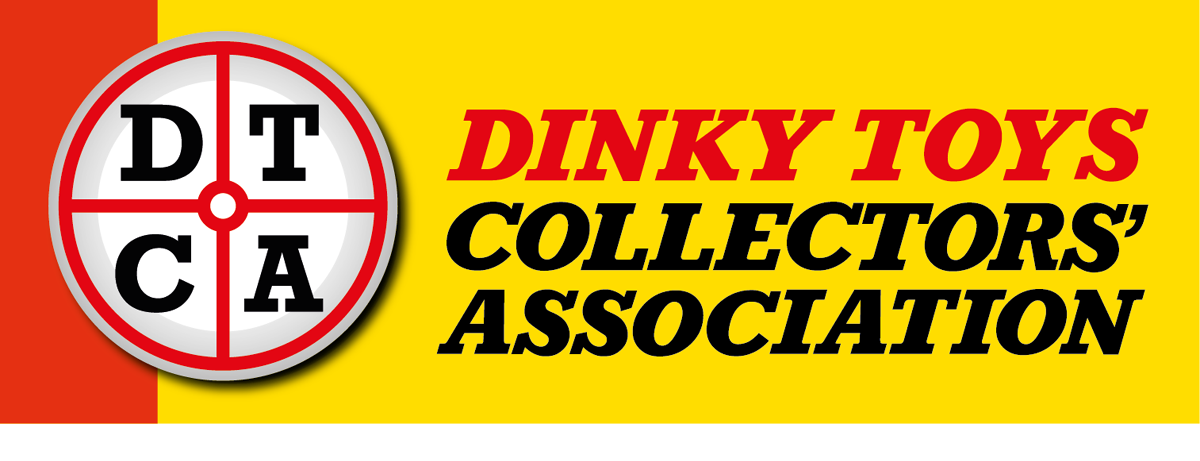

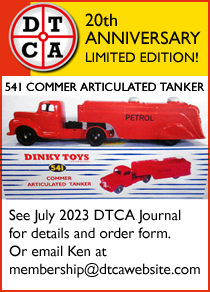
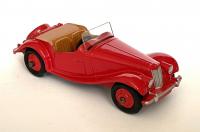
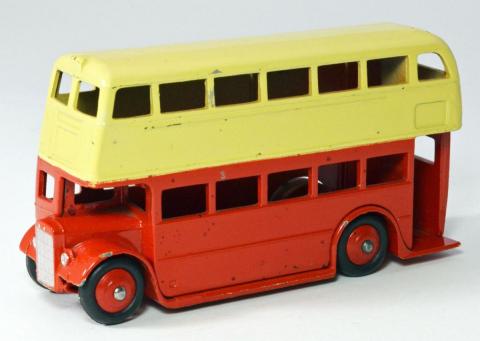
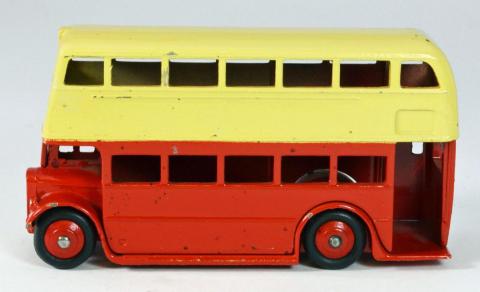

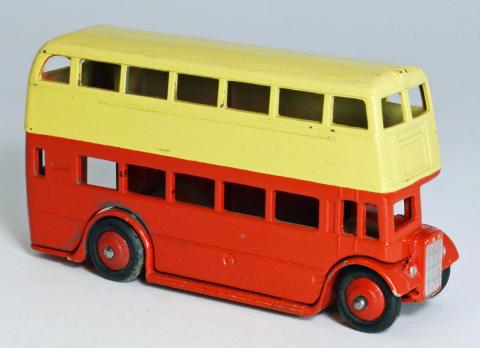




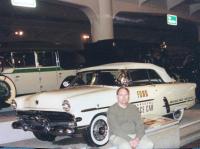
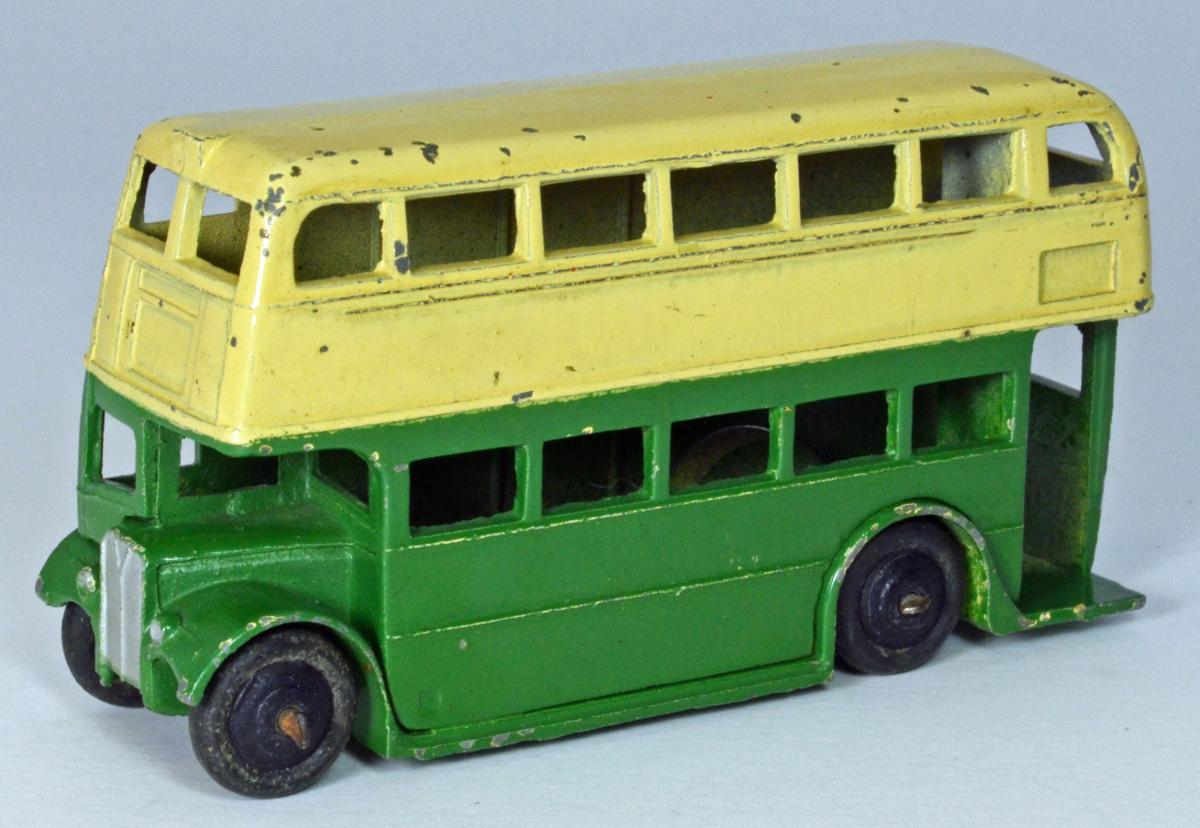

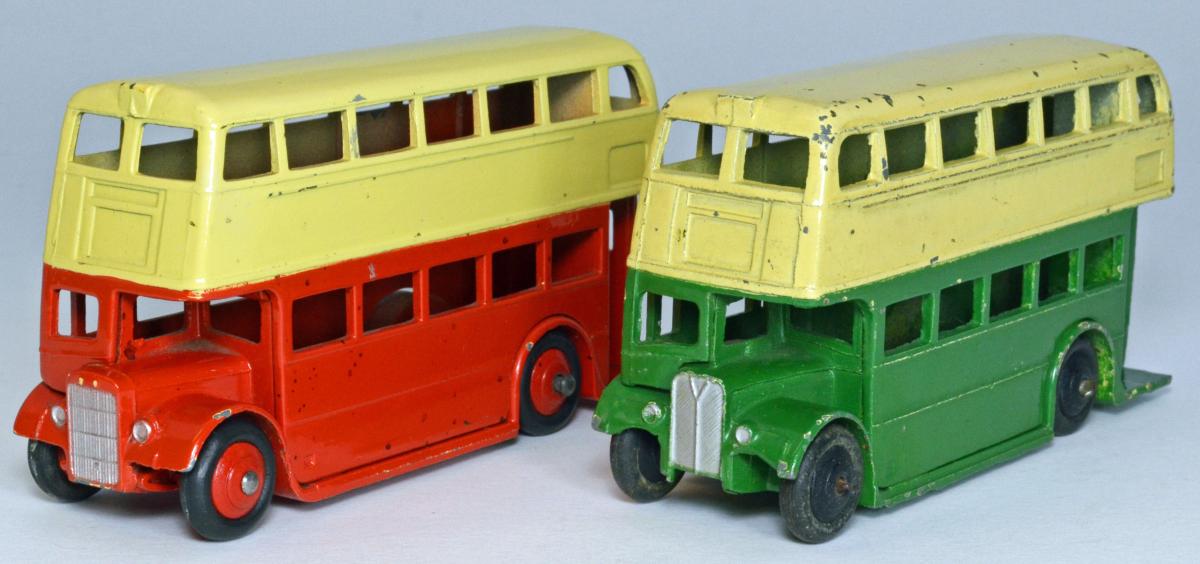

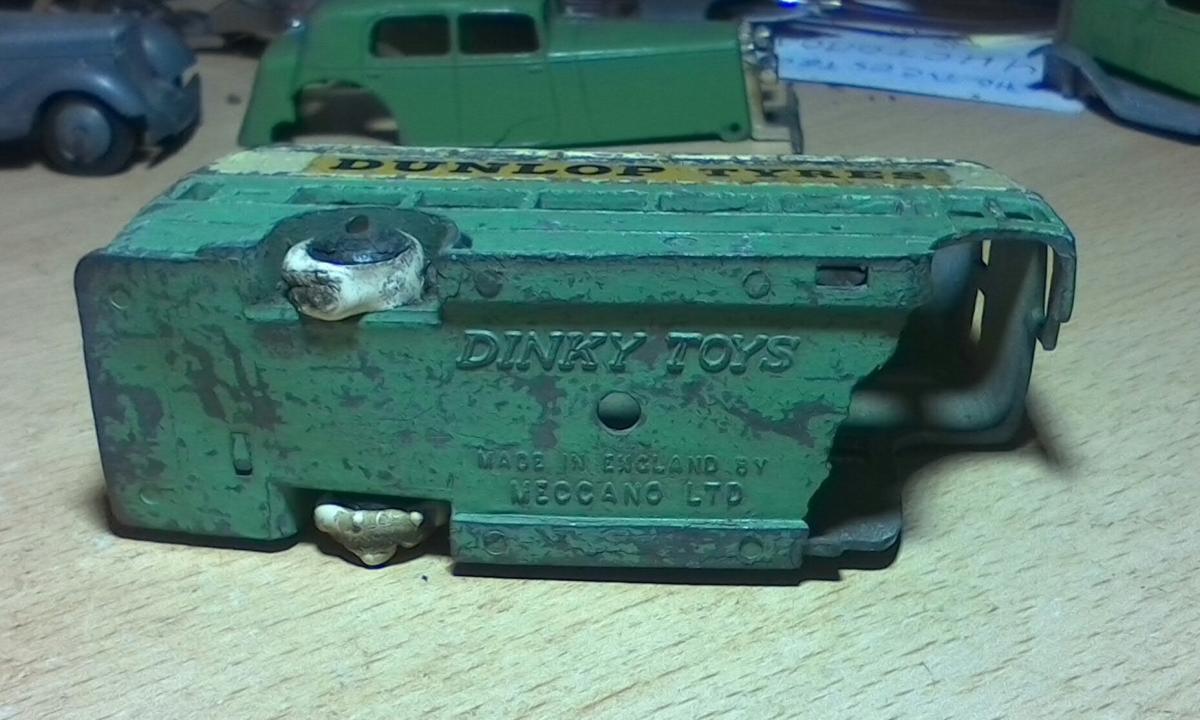

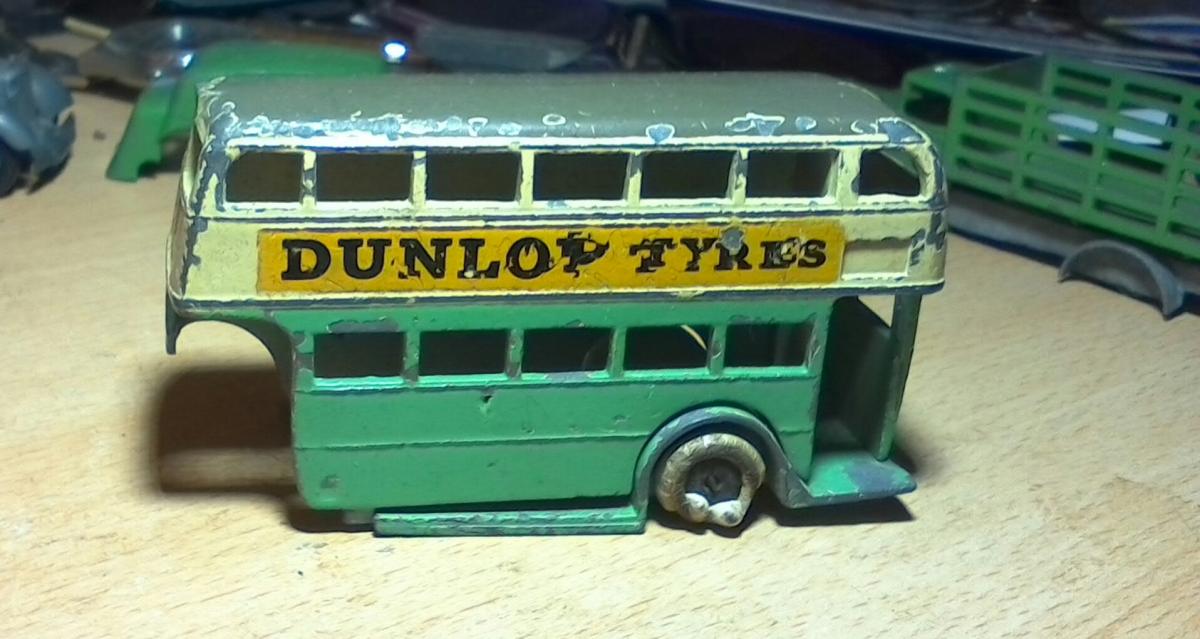
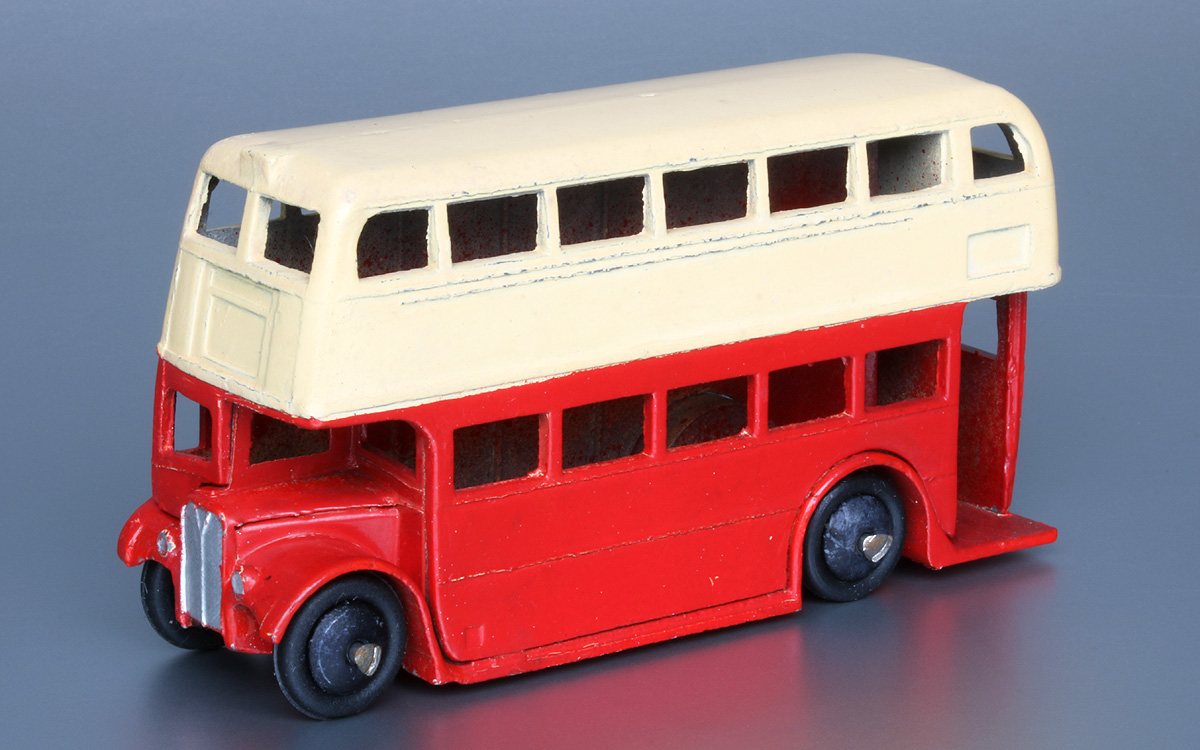
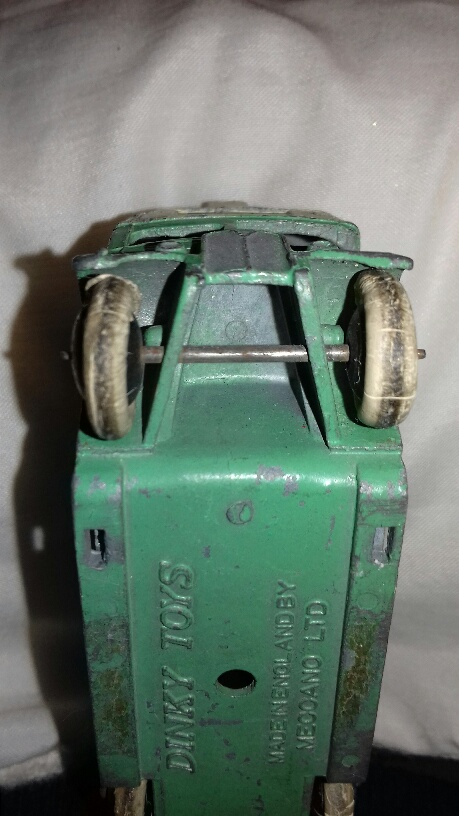
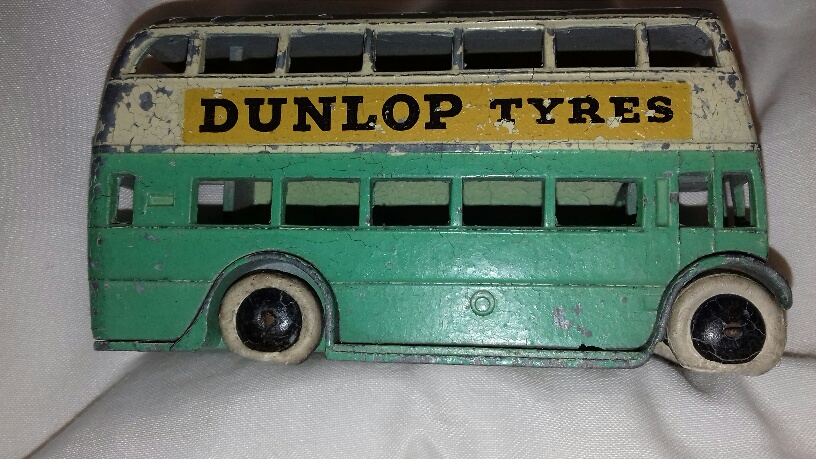
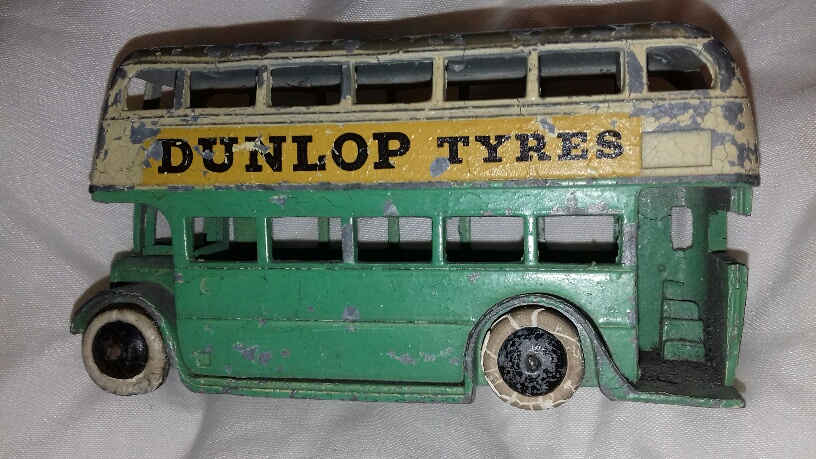
-073 Land Rover, Horse Box and Horse (1960-67)
DTCAwebsite upgrade 2023
DTCAwebsite upgrade 2023
-105c and 383 4-Wheel Hand Truck (1949-1958)
-105c and 383 4-Wheel Hand Truck (1949-1958)
DTCAwebsite upgrade 2023
DTCAwebsite upgrade 2023
DTCAwebsite upgrade 2023
DTCAwebsite upgrade 2023
DTCAwebsite upgrade 2023
DTCAwebsite upgrade 2023
DTCAwebsite upgrade 2023
DTCAwebsite upgrade 2023
DTCAwebsite upgrade 2023
DTCAwebsite upgrade 2023
DTCAwebsite upgrade 2023
DTCAwebsite upgrade 2023
DTCAwebsite upgrade 2023
--22c Motor Truck (1933-50)
--22c Motor Truck (1933-50)
DTCAwebsite upgrade 2023
DTCAwebsite upgrade 2023
Trailer Caravans
Trailer Caravans
DTCAwebsite upgrade 2023
DTCAwebsite upgrade 2023
DTCAwebsite upgrade 2023
DTCAwebsite upgrade 2023
Trailer Caravans
Trailer Caravans
-138 Hillman Imp (1963-73)
-537 Renault 16 TL
-189 Triumph Herald Saloon (1959-64)
-255 Mersey Tunnel Police Van (1955-61)
DTCAwebsite upgrade 2023